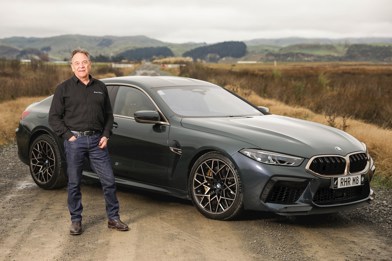McLaren’s latest, the 600LT, is among 25 new models the brand will introduce by 2025. Steve Vermeulen drove it at the Hungaroring F1 circuit and confirms the future looks pretty good for the British carmaker.
Commercial success is a cruel mistress. The growing need for market penetration through product diversification (put bluntly, SUVs) is a polarising narrative, common across most supercar brands in this era. Ferrari, Lamborghini, Aston Martin all have aggressive product strategies with many new models to come to fruition over coming years. I’m fine with it, but let’s be honest, brand loyalists are finding it a hard pill to swallow.
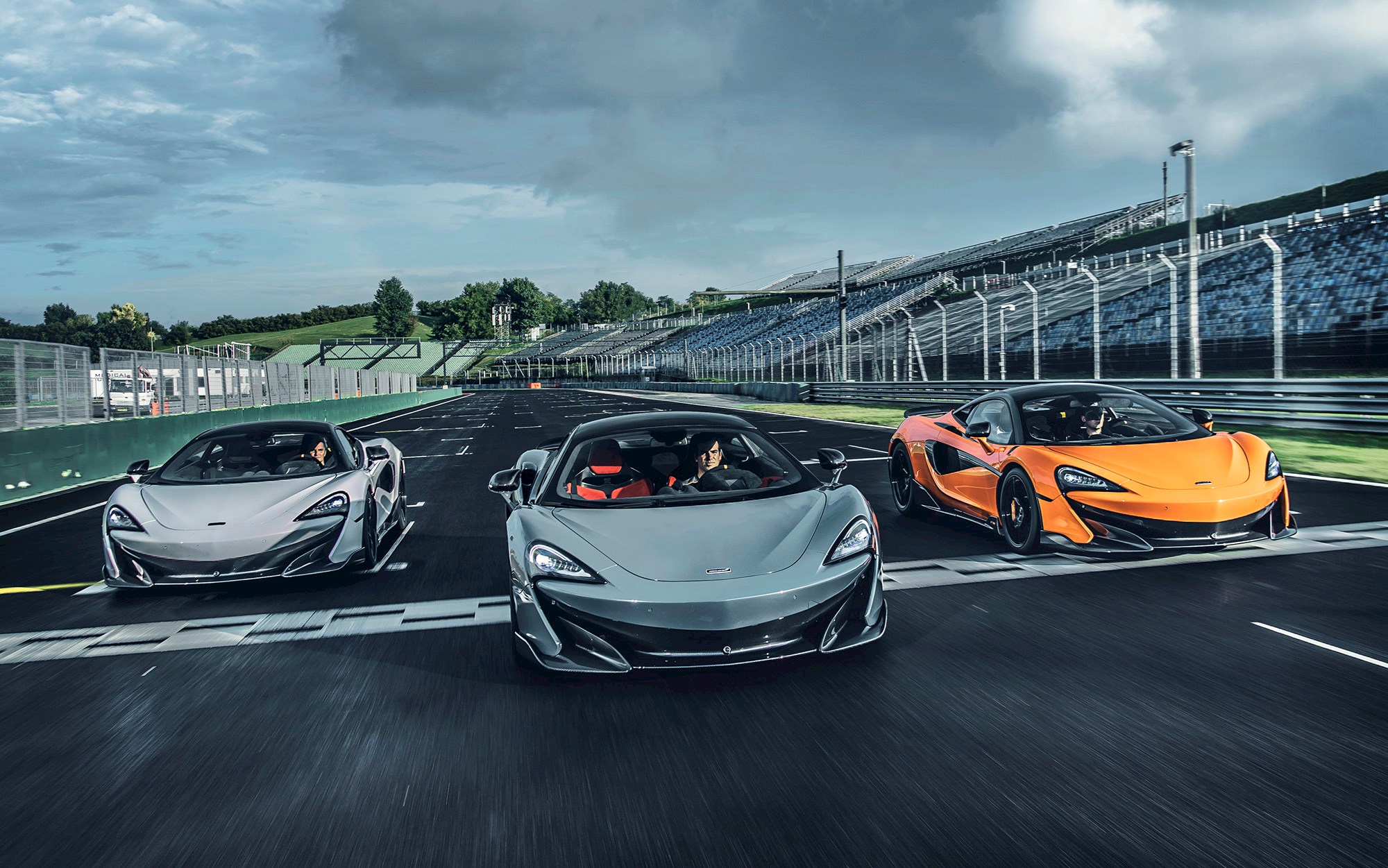
Like everyone else, McLaren needs to keep up. But no, a McLaren SUV isn’t in the pipeline. In fact, the independent manufacturer vehemently denies a high-riding plush mobile for the family is in it’s future. What is though is 18 new cars by 2025. Spread across their hierarchy of Sports, Super and Ultimate series model lines.
The $410,000 600LT perhaps shows McLaren’s hand somewhat in how they intend to address diversification, which could be the most exciting approach yet. That LT references the Le-Mans-winning F1 Longtail, but rather than dramatically extending vehicle proportions like its ancestor (the 600LT is only a mere 47mm longer than a 570S) the newer generation LT best identifies with track-focussed attributes the Longtail of old delivered.
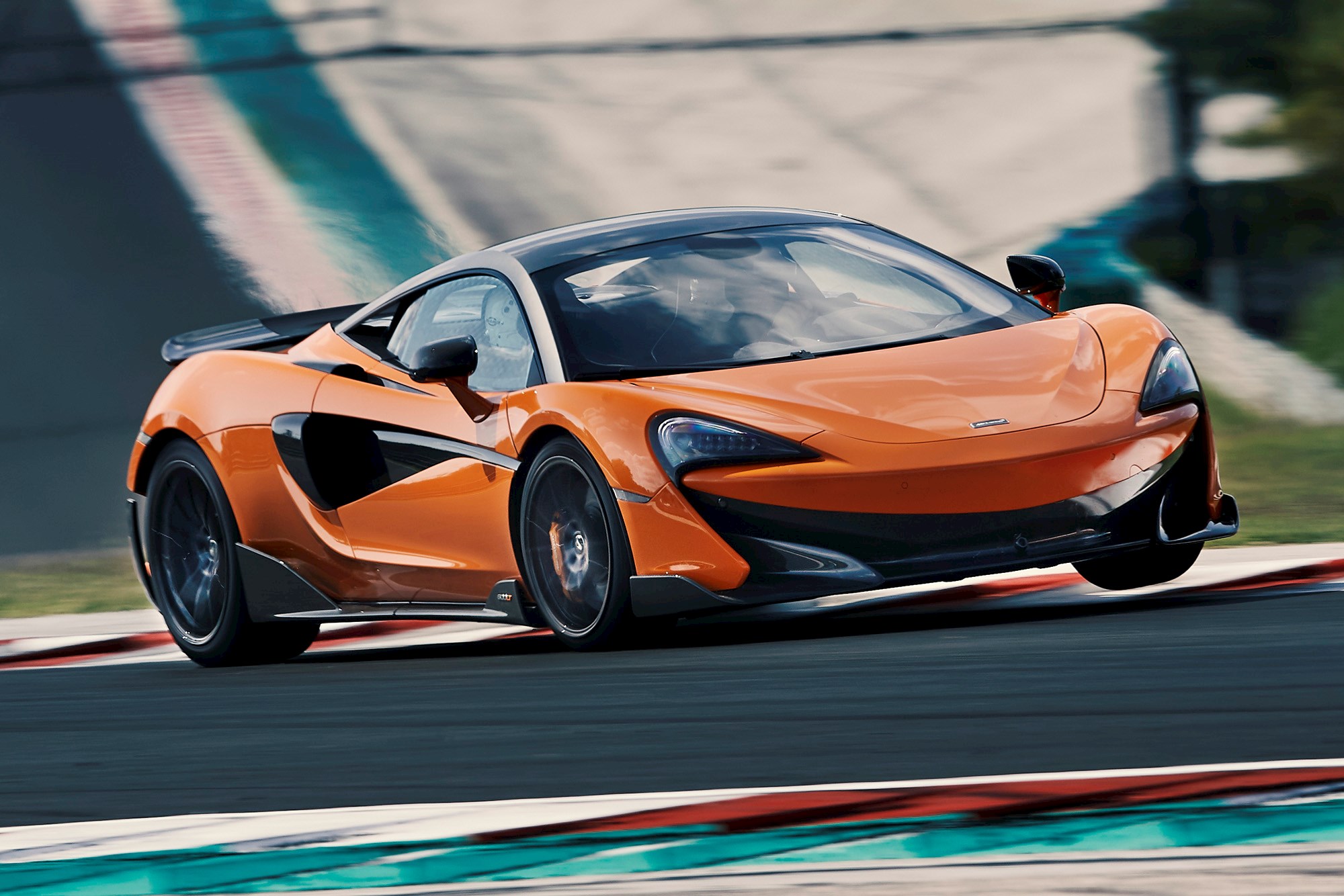
It’s a McLaren, so of course its eye-catching. Features like the top-exit exhausts, huge rear diffuser and elegant side scallops are obvious call outs, but there’s a lot of details you miss at first glance. Dozens of design nuances born more out of function, rather than form, start to reveal themselves with more detailed examination.
Taking the 570S engine as a start point and its 3.8 litre twin turbo V8, the 600LT increases power output to 600PS, that’s 592 Horsepower or 441kW to us antipodeans. Torque is a meaty 620Nm@5500rpm. In theory, not jaw-dropping stats but the 600LT is 100kg lighter than the 570S. Remember, the 570S is no beefcake, it’s astonishing how they physically found that much weight to carve off.
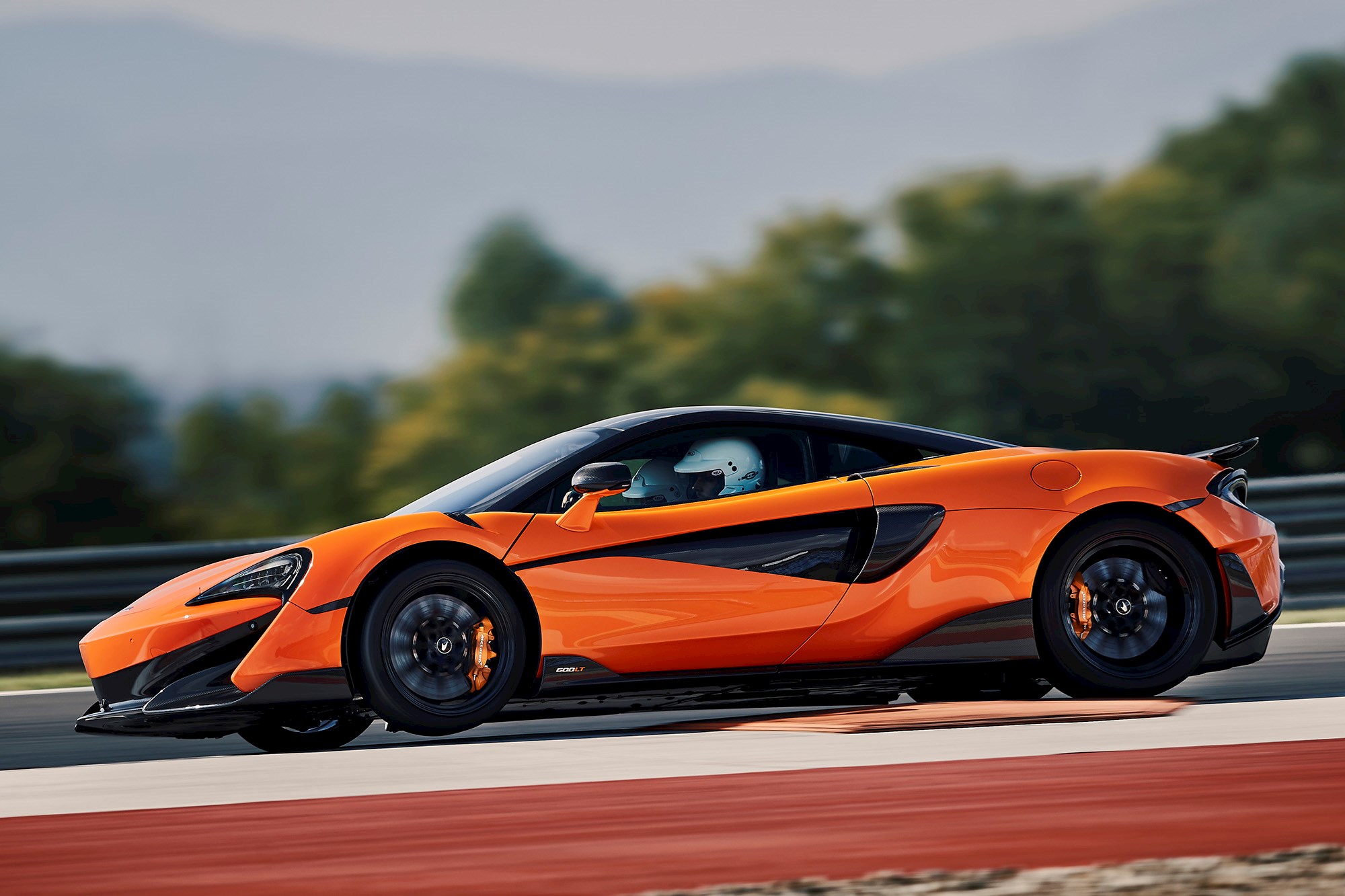
More extensive use of Carbon fibre body panels, that’s an easy 7.5kg weight loss, but McLaren engineering boffins got progressively more obsessive from there employing lightweight suspension arms, Titanium wheel bolts and hollow sway bars, omitting the radio and sat nav, the front and rear windshields are 3mm thinner than a 570S. Talk about fat shaming, they even removed the interior door pockets. I mean, those are just air.
That all equates to a bristling 0-100km/h in 2.9 seconds and, perhaps more impressively, 0-200km/h in 8.2 seconds. Straight line acceleration is one thing, but at a F1 circuit somewhere in Hungary, naturally understanding exactly how track focussed the 600LT is seems most appropriate.
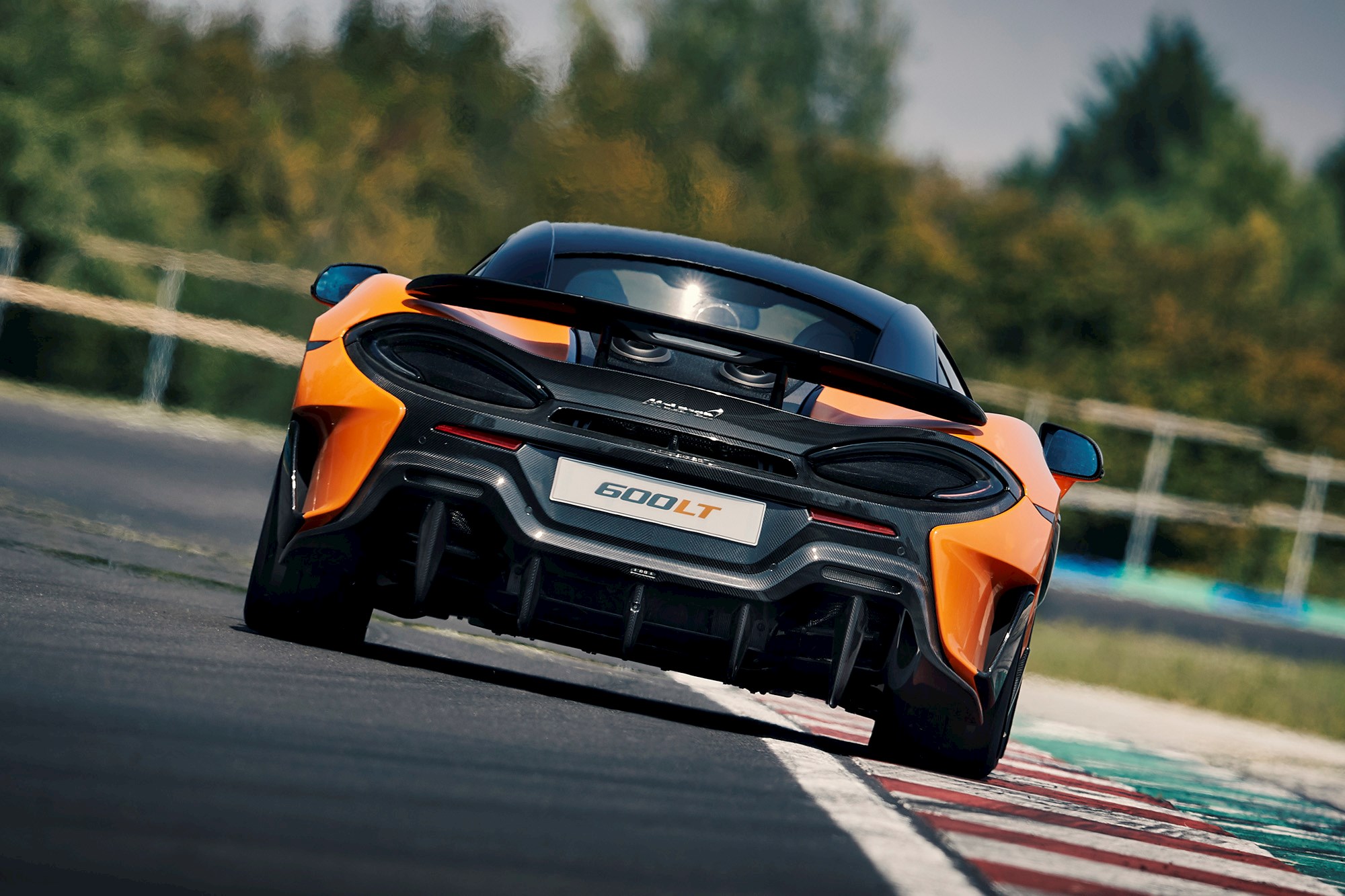
Climbing inside is certainly akin to a race car, as an option you can specify the car with the same wafer this carbon race seats as the brand’s highly limited Senna which are magnificent.
Once in, its typical McLaren. A contemporary, technical vibe but, with no infotainment it’s refreshingly sparse, you get the lay of the land within seconds. There are 2 dials for the three drive settings to sharpen up the suspension and ESC setting as well as the engine and 7 speed transmission’s responses, a robust suede wheel and really, not much else. This all bodes well for a proper driver’s car and quickly you realise the 600LT is among the best of them.
The exhaust, only inches from your head, erupts with sharp cracks and hisses of fuel and venting boost with every up shift. 3rd, 4th, 5th it happens fast, hitting 250km/h down the straight, but there’s a reassuring stability as aerodynamics disguise all that velocity.
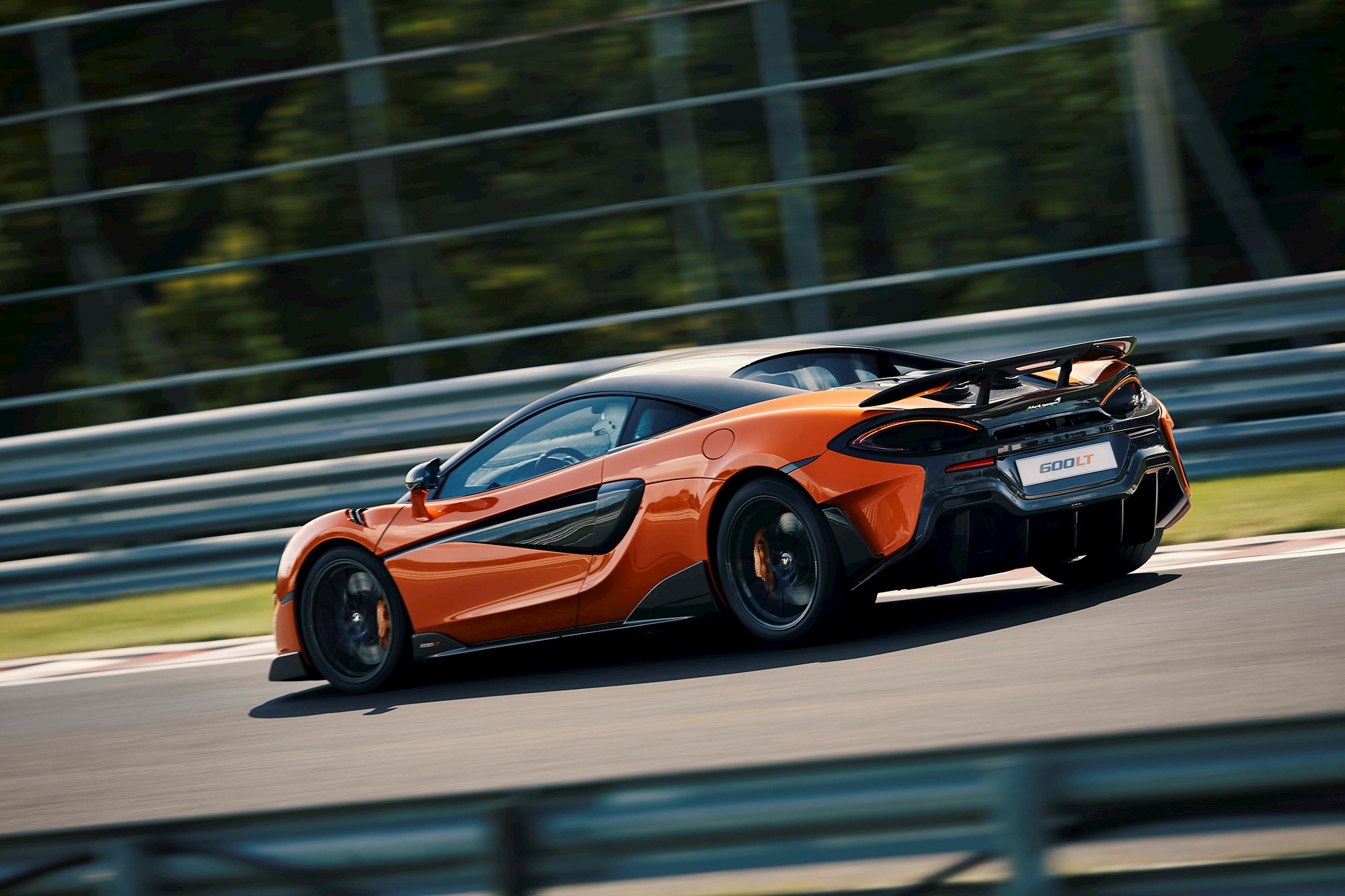
In fact, aside from the aural cacophony, there’s a remarkable civility about the 600LT that’s unlike its competitors where subtly and precision is critical and over cooking it is an ever-present thought.
That’s not to say the McLaren lacks excitement, but it’s so expertly composed mid-corner it fills you with confidence to push much, much harder than feels natural. It’s so drivable, you must be very deliberate to initiate oversteer, but that smooth torque delivery and balance rewards with easily controlled tyre-smoking drifts.
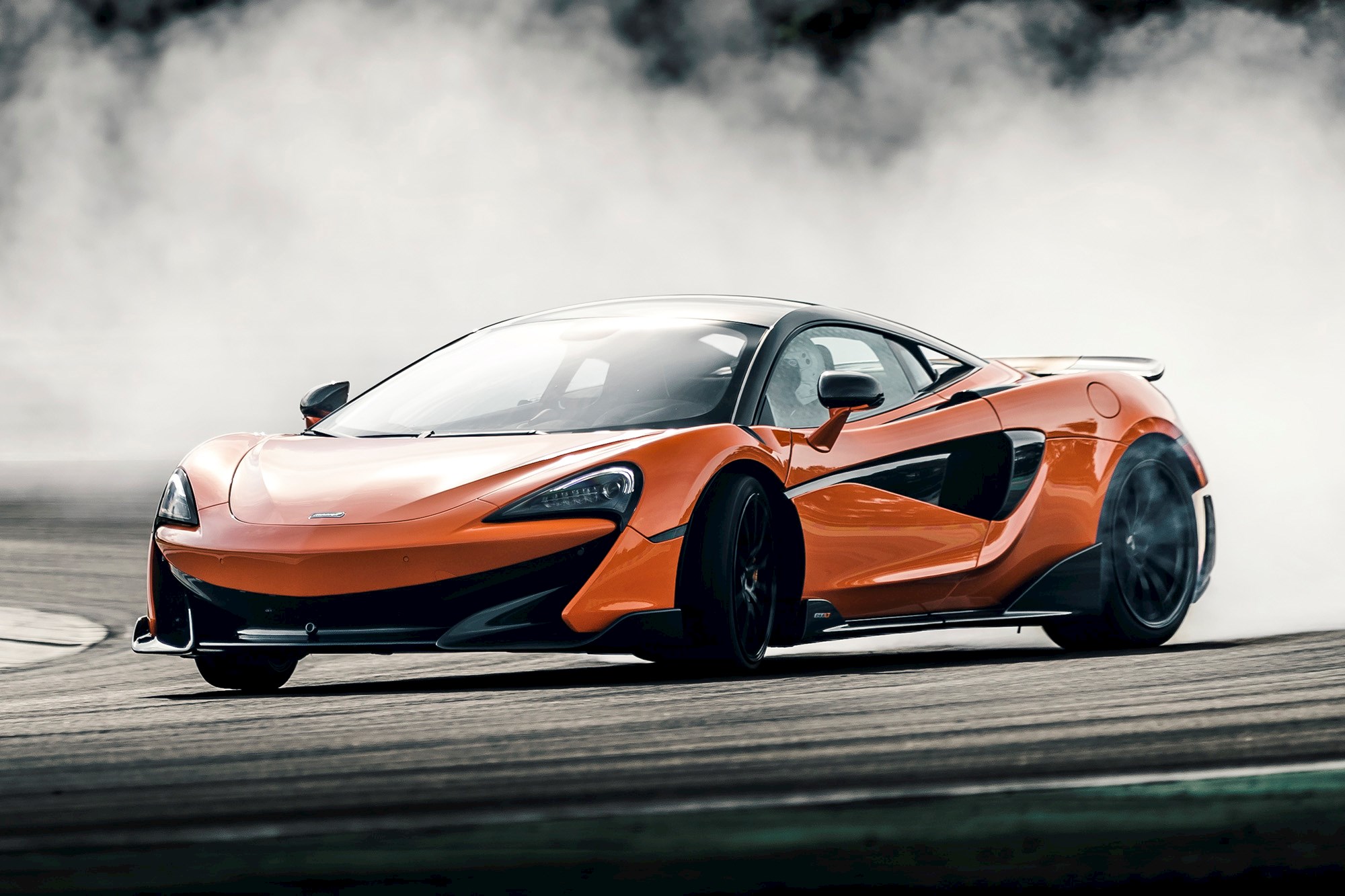
Even getting it wrong is a riot. Turn 2 at Hungaroring is a tight, off-camber left with high entry speed. Reassuringly, the 600LT’s brakes deliver the same mega braking force as the P1 Hypercar, with aggressive trail braking deep into the corner you feel every ounce of mass transfer like a coiled spring. Release that brake pressure too abruptly and it snaps the rear sideways, but it’s predicable, playful even. A quick recalibration of lock and throttle input the car regains composure again perfectly. Typically, I’d panic and back off at that point, in the McLaren it’s all positive reinforcement, feedback on what not to do and go faster lap after lap.
While others are adapting their sportiest attributes to suit boxier family friendly body style, McLaren is heading in another direction, dialling up those sportier aspects, not for the family, but for the most hard-core driving enthusiasts. Niche market? Sure, but they won’t get any arguments from me.
Read more: First jaw-dropping 340km/h McLaren Senna lands in NZ

















